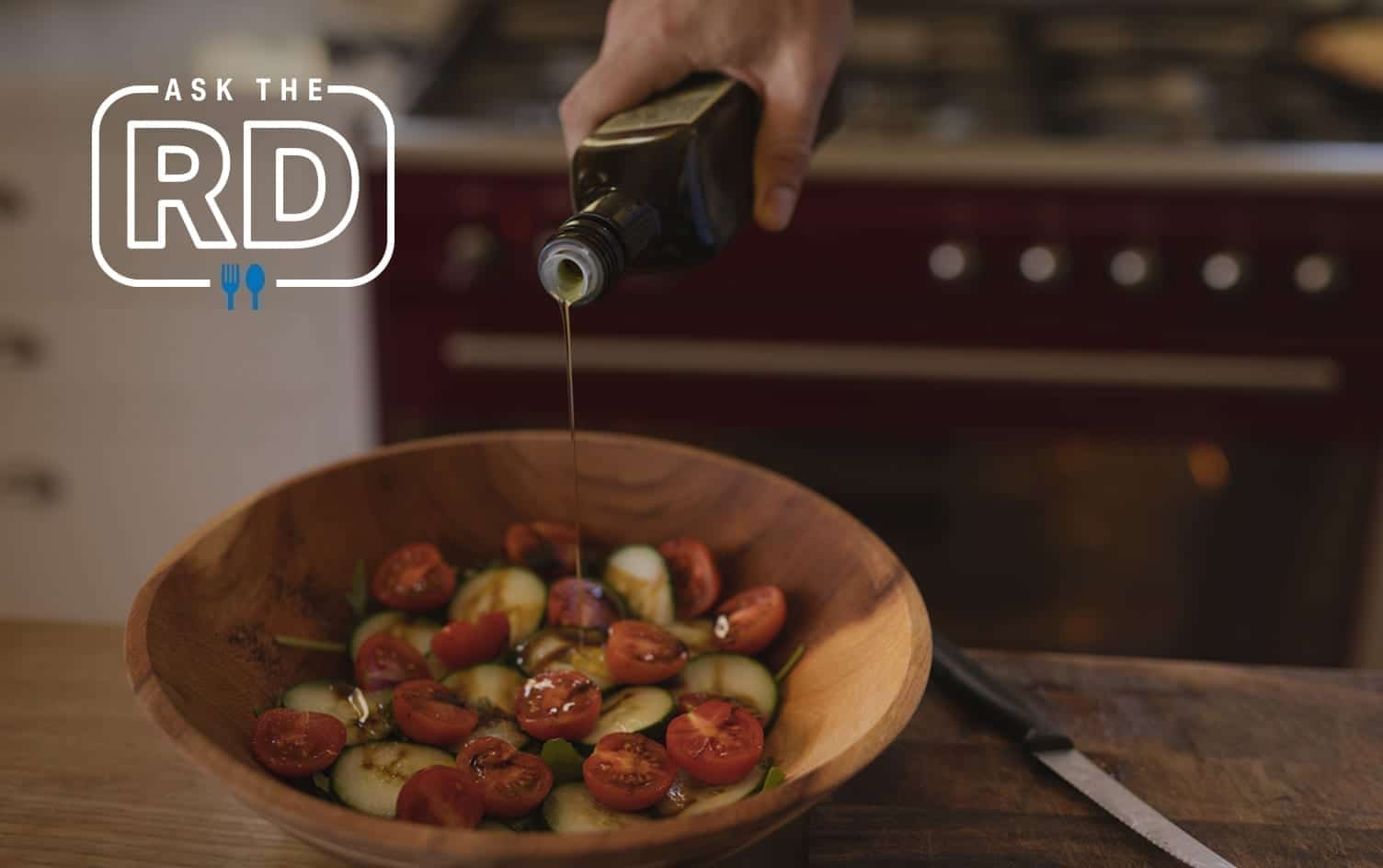Cooking oils differ in nutrients, flavor profile, and the level of heat they can withstand, which is why it can be helpful to include a variety in your diet. Like other food products, there can be misinformation floating around, especially when fat content is unfairly demonized. Fat is an essential macronutrient the body requires for cell growth, absorption of important nutrients like vitamin B and energy.
Moreover, cooking nutrient-rich foods like vegetables and lean proteins in oil helps them caramelize, browning the natural sugar and amino acids, so they have more depth and flavor and keep you satiated longer. Fat can also add creaminess to things like salad dressings, so they’re enjoyable, and you don’t feel a need to mindlessly snack after a meal.
Here’s a look at five popular cooking oils and how they compare nutritionally:
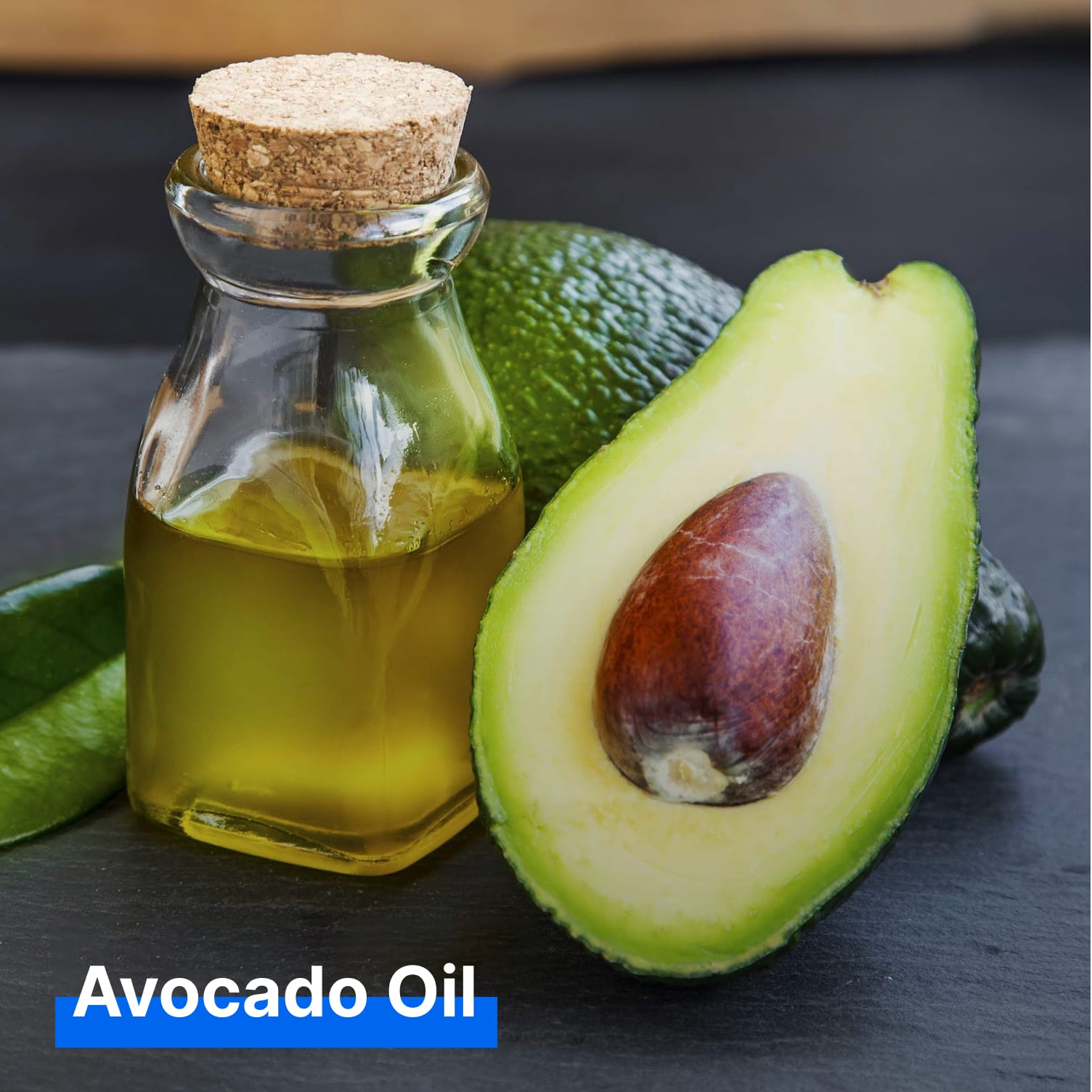
Avocado oil has gained popularity in recent years, and rightfully so. It is pressed from avocados, and, like olive oil, is high in the heart-healthy monounsaturated fat oleic acid. Avocado oil is also rich in vitamin E, a powerful antioxidant. For the most health benefits, choose unrefined, cold-pressed avocado oil.
Avocado oil has a higher smoke point (around 480°F or 248°C) than olive oil and is better suited for high-heat cooking. Because of its pleasant flavor, avocado oil is also excellent as a salad dressing base or used in an aioli to accompany veggies.
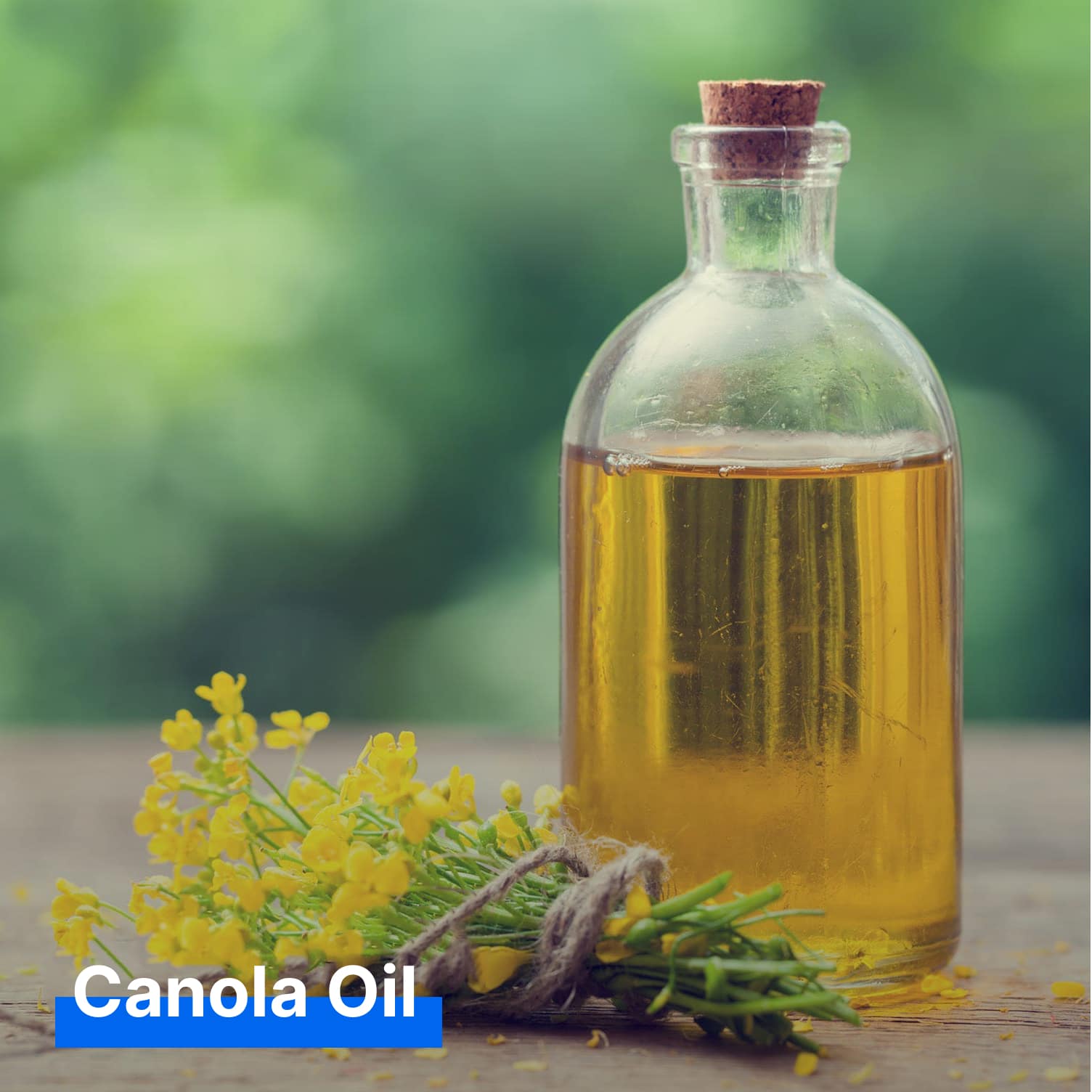
Canola oil was developed in Canada (and that’s how it got its name, CANola), by crossbreeding the rapeseed plant to contain fewer toxic compounds. Canola oil is considered “refined,” meaning it goes through more chemical processing during production, which may have an effect on the fatty acid quality and reduce the nutrient content. However, it contains both monounsaturated and polyunsaturated fats. It’s also high in linoleic acid, which is an omega-6 fatty acid.
While omega-6 fats are important, they can be inflammatory if consumed in disproportionately higher amounts than omega-3 fatty acids. The typical Western diet is much higher in omega-6 fats compared to omega-3 fats (which can be found in whole foods like fatty fish, walnuts and flaxseeds), partly because canola oil can be found in a large variety of processed foods.
Canola oil has a high smoke point (400°F or 204°C) and can be used for high-heat cooking. Because it has a mild, neutral flavor, it can be used in a variety of cooking methods such as sauteing, stir-frying, grilling and baking.
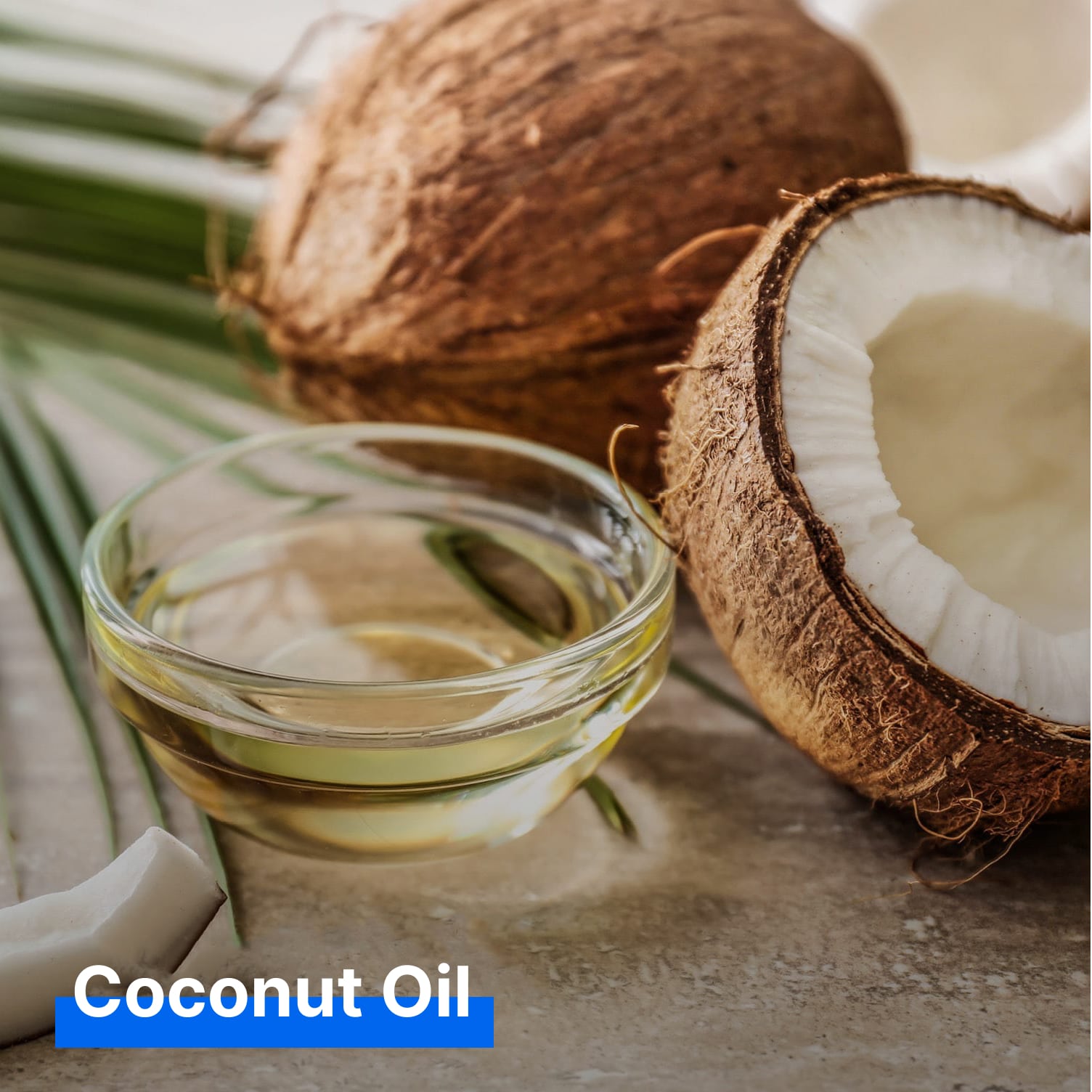
Coconut oil had its moment in the sun a few years ago, and though its popularity seems to have slowed, it can still be an occasional tool in the kitchen. It is made by pressing fresh coconut meat and extracting the oil, and the least processed version is typically labeled virgin or cold-pressed as opposed to refined. Unlike other cooking oils, coconut consists primarily of saturated fat, so it is solid at room temperature. It’s a bit different from the saturated fat found in animal products like butter, however, because some of the saturated fat in coconut oil is a medium-chain fatty acid called lauric acid. It is thought that lauric acid is absorbed more quickly by the body and used for energy, as opposed to being stored as fat. Regardless, numerous studies have found coconut oil may contribute to elevated LDL cholesterol levels and triglycerides, so it shouldn’t be considered a heart-healthy oil. Coconut oil does not contain significant amounts of other vitamins, minerals or macronutrients.
Coconut oil has a smoke point of around 375–400°F or 190–204°C. It should be used occasionally when and if it makes sense. For example, it can add a nice flavor to sautéed vegetables, curry dishes and as a substitute for butter in some baking recipes.

Olive oil is also a good source of vitamins E and K, which support heart and bone health, respectively. Olive oil is derived from olives, which are pressed to extract oil. Extra virgin oil is the least processed form of olive oil and the most nutritious because of its antioxidant content; it also has the richest flavor. Olive oil is a good source of monounsaturated fats, especially oleic acid, which is important for cardiac health, reducing inflammation and may help lower LDL and total cholesterol. Consuming a Mediterranean diet rich in olive oil may also help reduce the risk of breast cancer, as found in a large randomized clinical trial.
Olive oil has a smoke point of around 350–410°F (176–210°C) and can be used for sauteing and frying at medium-high heat, roasting veggies and as a base for salad dressings thanks to its delicious flavor.
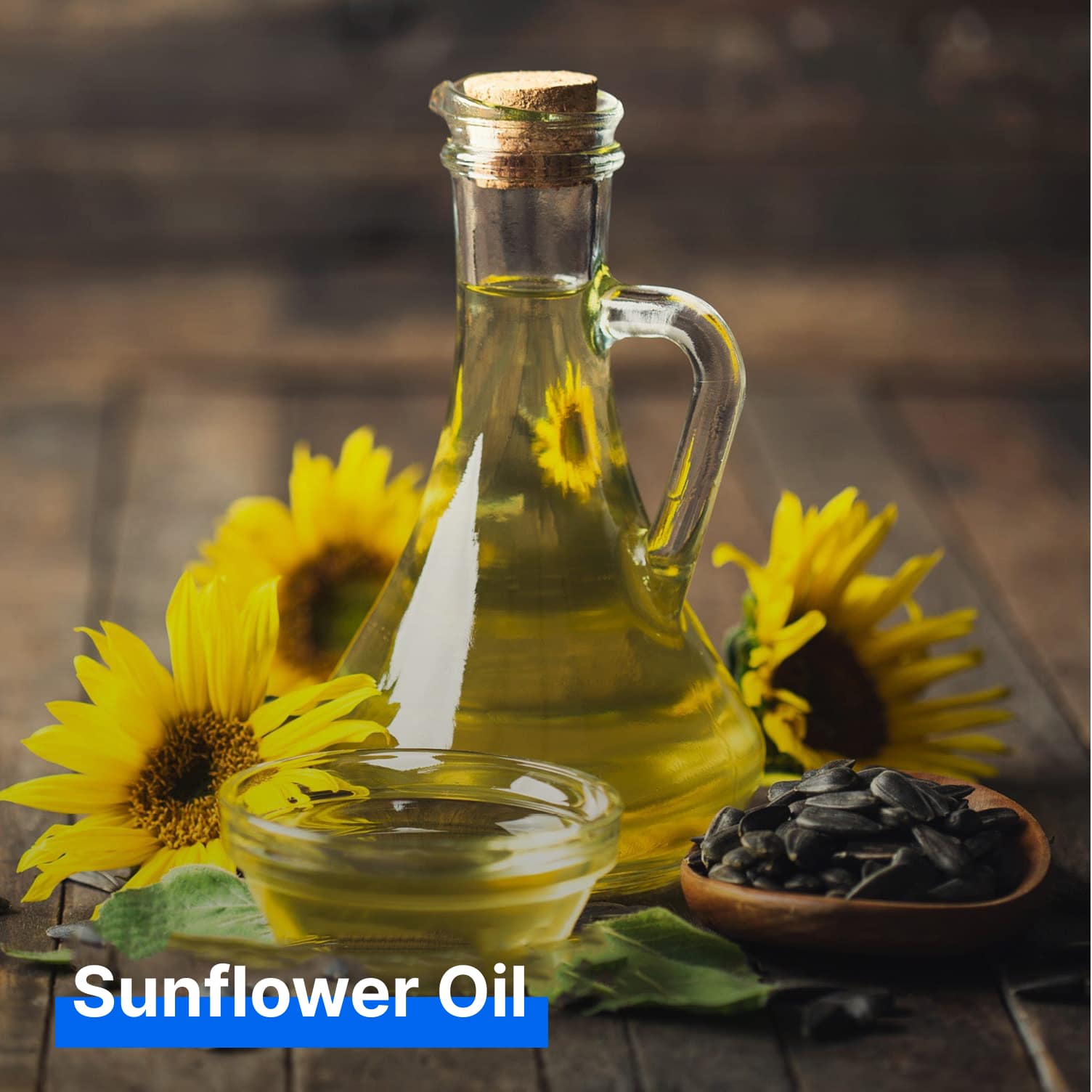
Sunflower oil is made from pressing the oil from sunflower seeds. It is an excellent source of vitamin E, and is high in polyunsaturated fatty acids. Like canola oil, sunflower oil is high in omega-6 fatty acids, and when consumed frequently and in much higher amounts than omega-3 fats, it can be inflammatory. However, many sunflower oils contain higher amounts of oleic acid (a monounsaturated fat), which may have similar heart health benefits as compared to other high oleic acid oils.
Sunflower oil has a high smoke point, 450°F (232°C), and can be used for high-heat cooking. It has a mild flavor and can be used in a variety of sautes, stir-fries and even baking recipes.
THE BOTTOM LINE
If you’re looking for the most nutrient-dense option, olive oil has the most scientific research backing its numerous health benefits. That said, it’s always important to include variety in your diet and take into account what you’re making, the heat level you need for cooking, and the desired flavor profile when choosing which oil to use. Having a couple of options in your kitchen arsenal is the best way to keep your diet exciting and enjoyable.
Originally published November 2020, updated January 2023
Ready to take the next step? Unlock MyFitnessPal Premium to access custom goal settings, quick-log recipes, and guided plans from a registered dietitian. Premium users are 65% more likely to reach their weight loss goals!
